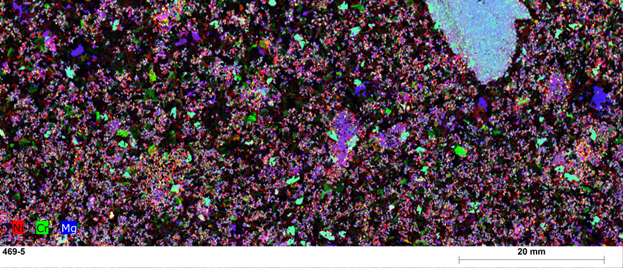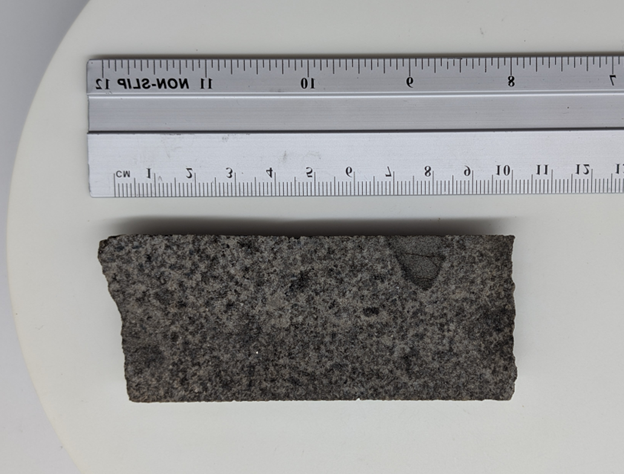2025
The Origins and Fate of Reduced Sulfur in Aquatic Systems on Early Earth
Investigator
PI: Nick Tosca, Department of Earth Sciences, University of Cambridge
PhD candidate: Nicole Tan
Summary
Prebiotic Chemistry, Geochemistry, Molecular Evolution Sulfur has long been thought to play a key role in prebiotic chemistry, largely due to its versatile oxidation states. In particular, reduced sulfur has been implicated in several prebiotic reactions, including the syntheses of amino acids, high energy phosphates, and several others. Although oxidised sulfur is thought to have been supplied to surficial environments as volcanic SO2, the sources of reduced sulfur and their transformations in prebiotic aquatic systems are poorly understood. I aim to investigate the origins and fate of reduced sulfur in aqueous environments on the early Earth. The aim is to identify key sources of reduced sulfur, characterise the origin and formation pathway of key activating agents such as thiocyanogen, and investigate the formation of catalytically-active minerals such as greigite. Initially, I will focus on volcanic S from atmospheric sources and the anoxic dissolution of sulfide minerals in water; using both theory and experiments to constrain the rates and pathways of aqueous reduced sulfur in systems intended to be analogous to potential “lake” environments on primitive Earth. I will investigate transformations as a function of temperature, atmosphere, evaporation-rehydration cycles and UV light. The goal is to investigate under what conditions and rates critical components such as thiocyanogen, may accumulate in pathways compatible with other prebiotic feedstocks.
2024
Evaluating the role of meteorite impacts in seeding molecules essential for life: the compositional heterogeneity of the LL6 parent body as preserved in the Morokweng impact melt sheet
Investigator
PI: Helen Williams, Department of Earth Sciences, University of Cambridge
PhD candidate: Randolph Maier
Summary
Asteroids and comets may have played a critical role in delivering feedstocks and generating conditions for the origin of life on early Earth. The Morokweng impact crater, South Africa, is the site of a hypervelocity chondritic asteroid impact striking Earth 145 million years ago. The 760-m-thick melt sheet contains numerous preserved impactor clasts, the only such example known on Earth. The clasts present an opportunity to constrain whether the physical and chemical conditions during and after impact could have given rise to environmental conditions facilitating prebiotic chemistry. The answers to these questions will contribute to our understanding of the nature of the material delivered to the early Earth and the survivability of that material during impact, research that specifically addresses the Theme 2 goals of the Leverhulme Centre for Life in the Universe, namely, can we characterise the environments on Earth and other planets that could act as the cradle of prebiotic chemistry and life?


